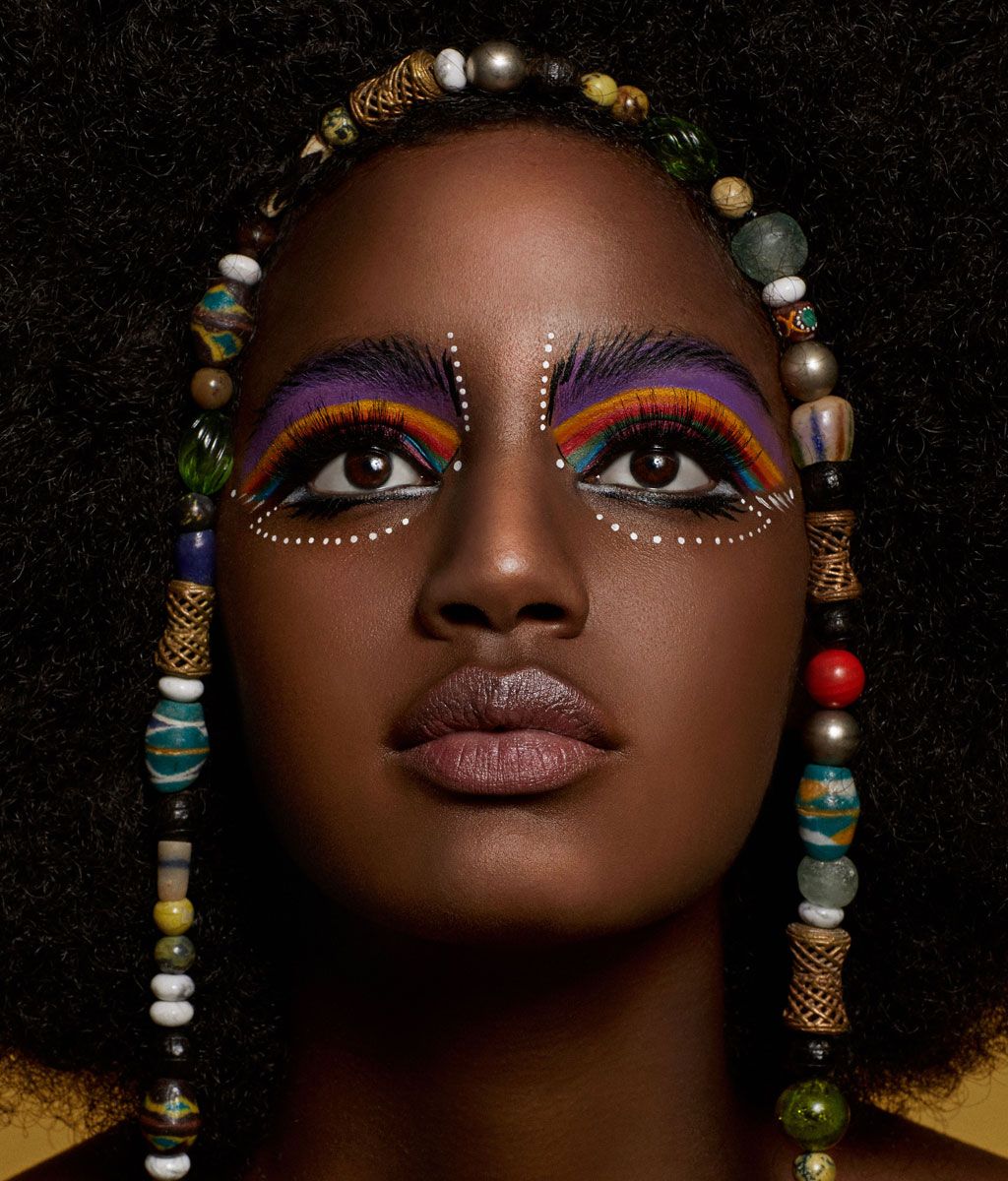As Nina Simone 1967
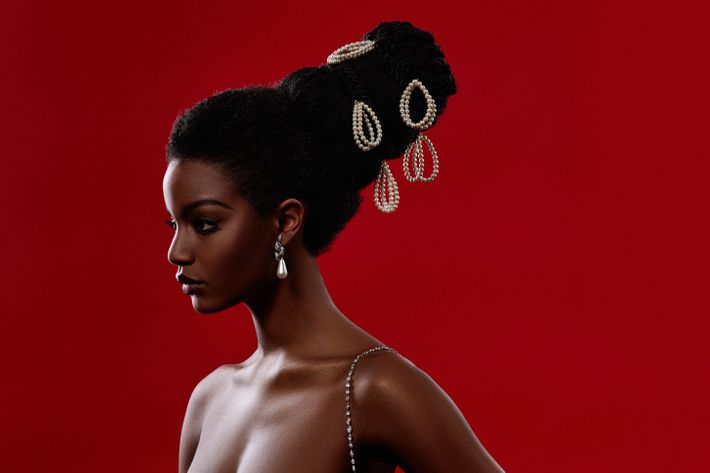
As Iman 1985
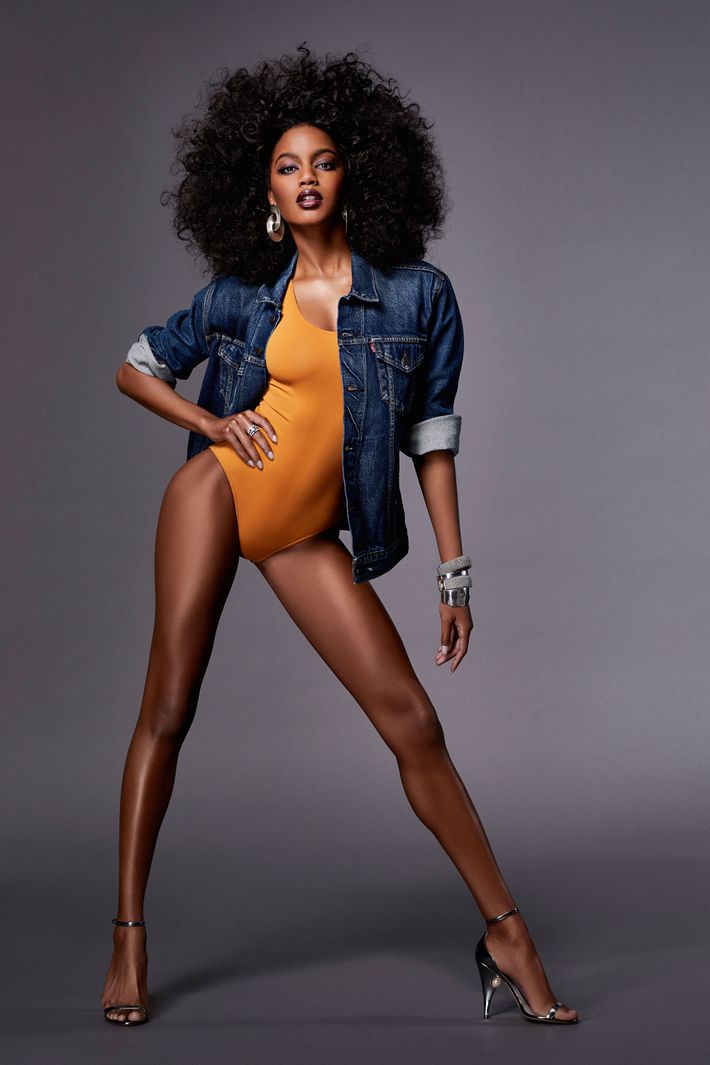
As Tina Turner 1970
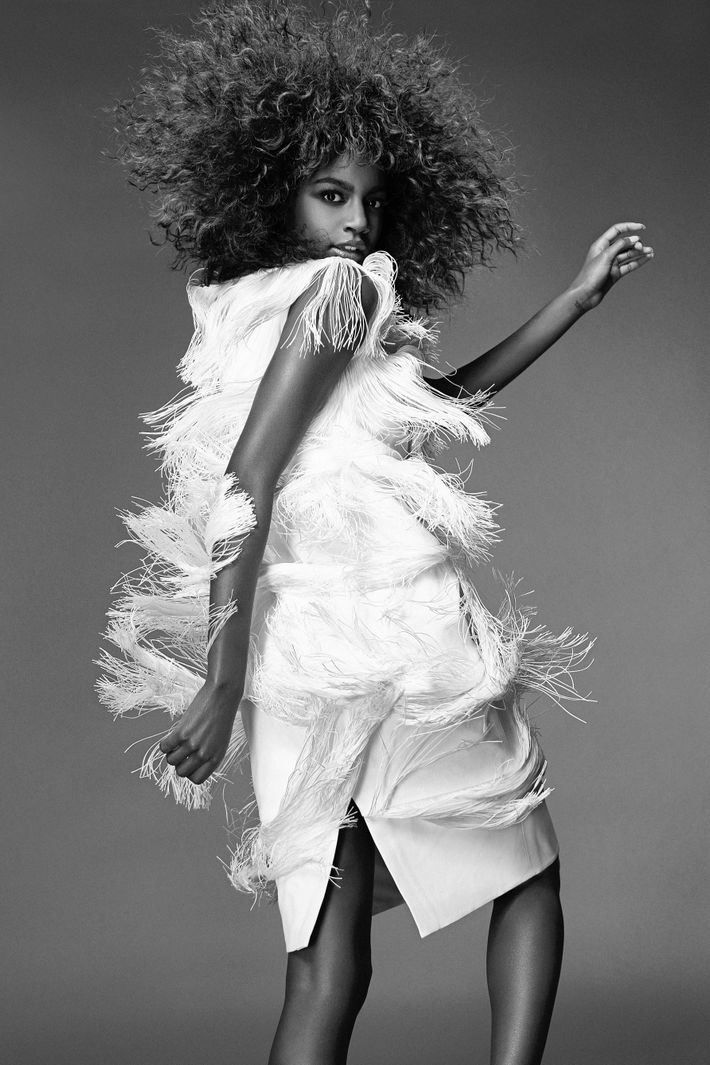
You may recognize Ebonee Davis’s beautiful brown skin from last year’s Calvin Klein billboards, or its recent underwear campaign. Or perhaps you saw her at Yeezy Season 4, or when she appeared in the Adidas Originals “We the Future” Campaign. But this model isn’t content with beaming down from a billboard in silence. She wants you to hear her point of view on everything from systemic racism to appropriation in fashion.
A year ago Davis took her emerging power as a public face and published an evocative, impactful, honest open letter in Harper’s Bazaar’s July 2016 issue. In it she told of being insulted by modeling agents, how she learned to accept her natural hair, and how she first saw herself as part of Calvin Klein’s fall 2016 campaign the same day that Alton Sterling died. Her TED Talk from February 2017, titled “Black Girl Magic in the Fashion Industry” has over 49,000 views and counting.
Davis says she always knew she wanted to be a model. After moving to New York from Seattle at 19 years old with only $800 in her bank account, she was able to book low-paying jobs to make ends meet, recalling, “I remember my tax returns the first year of living in New York, I only made $13,000, but I was determined!” Things started to pick up for her career after she shot with Sports Illustrated in February 2016, but just as she was gaining steam she decided to make a big change that most black models aren’t brave enough to do: demanding to wear her natural hair. “Not wearing my natural hair took a toll on my self-esteem — straight hair was the example of beauty growing up, as a model I had white agents with no knowledge of black hair care, and by the time I got signed I felt like something was wrong with me. I was willing to compromise my authenticity just to get a foot in the door. I always thought natural hair was beautiful I just didn’t know I could be natural. One day I just decided to go for it, and taking pride in my hair became a catalyst for taking pride in my blackness.”
The shift in work was immediate because she no longer conformed to the industry’s standards and decided to make her own rules, taking her career into her own hands. Soon after, she joined Lions agency, in favor of a place that would allow her to be herself after years of being told not to work for black publications like Essence and Ebony and censoring her thoughts about racism. “I needed an agency that was willing to work with me as a person not just as model. The extrajudicial killing of black men and women prompted me to be more vocal about racism in the fashion industry because both police brutality and exclusion stems from the same system of oppression. Inclusion may be having a moment right now, but what happens when being inclusive isn’t on trend anymore? For change to endure, inclusion has to go beyond cool, beyond just hiring models of color; it has to be more than reactionary response to what’s happening in our society and politics, and making room for people of color on all levels.”
Are things even getting better on the runway? Are casting agents and brands truly committed to including different kinds of women? Davis has spent all her life thinking that blackness was inferior and whiteness superior from the lens of high fashion. She explains her own awakening as, “unlearning and building from the ground up.” In this photo series she pays homage to iconic, majestic images of black women like Nina Simone, Iman, Tina Turner, and more who were (and still are) unapologetic in embodying black excellence.
As Pat Cleveland 1971
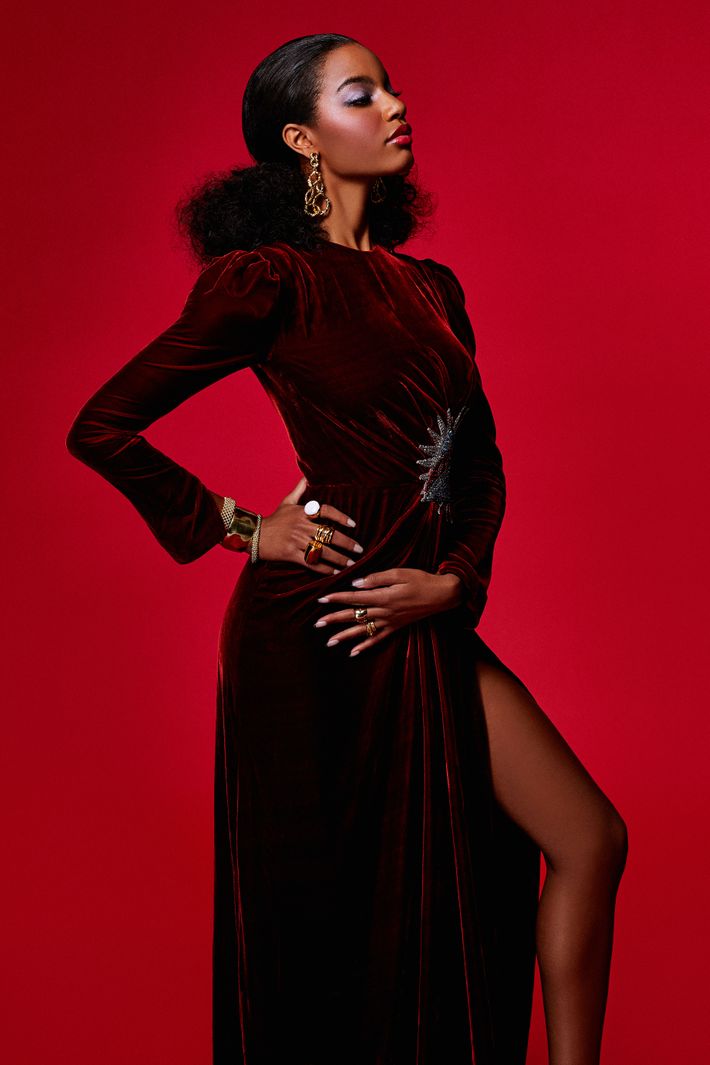
As Diana Ross 1975
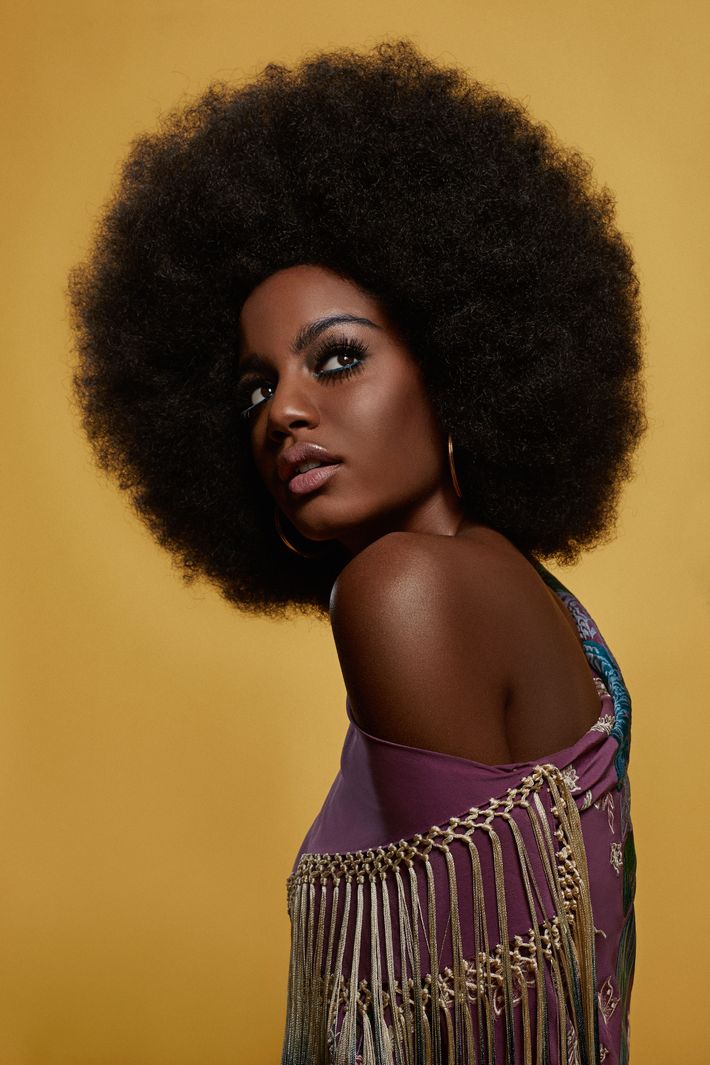
As Josephine Baker 1927
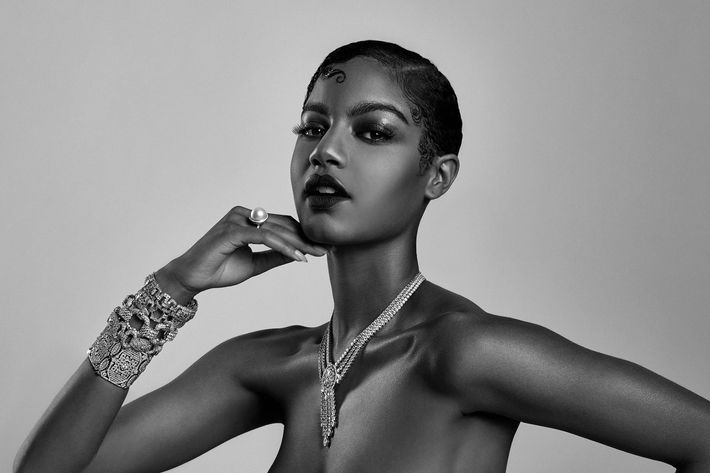
As Donyale Luna 1966
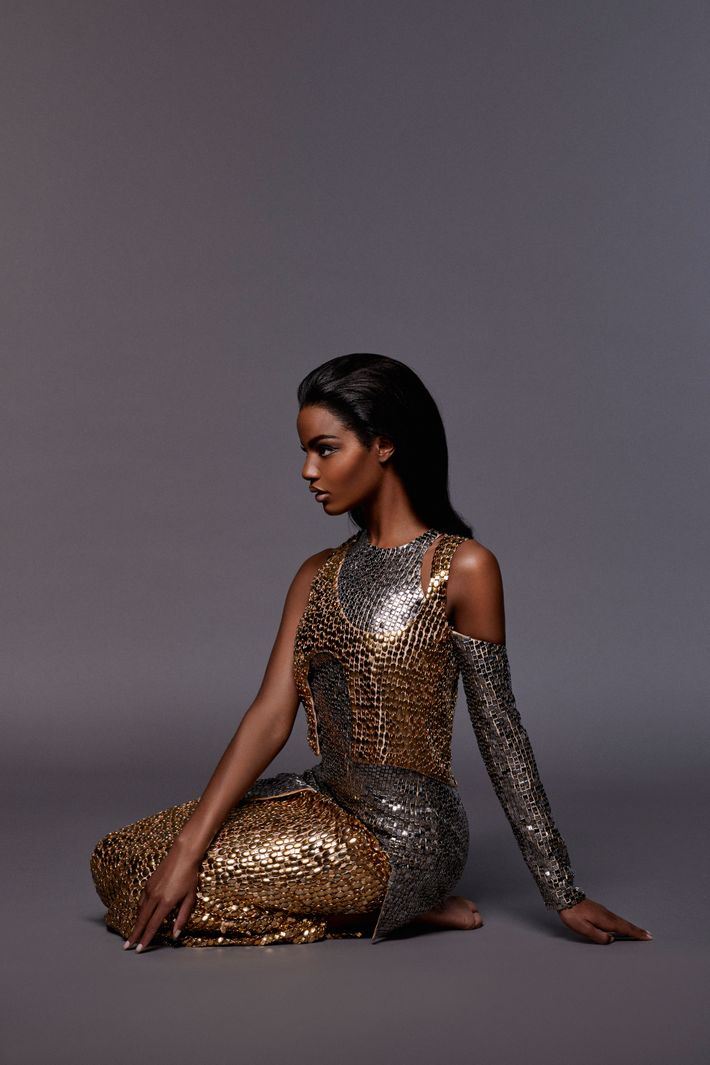
As Marsha Hunt 1969
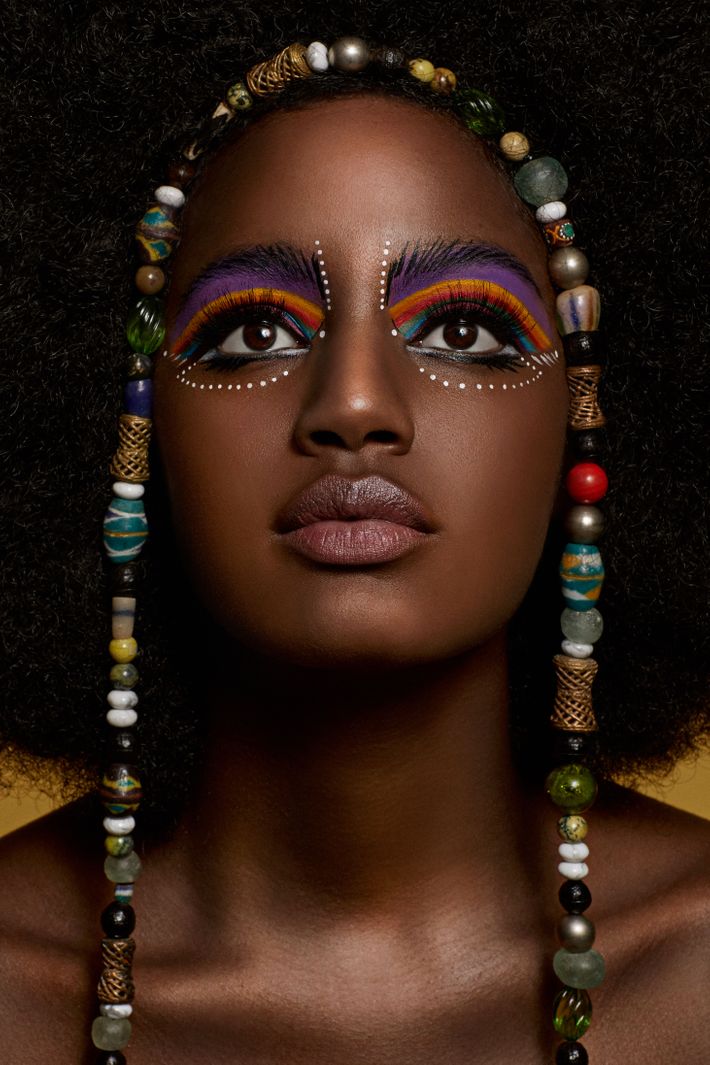
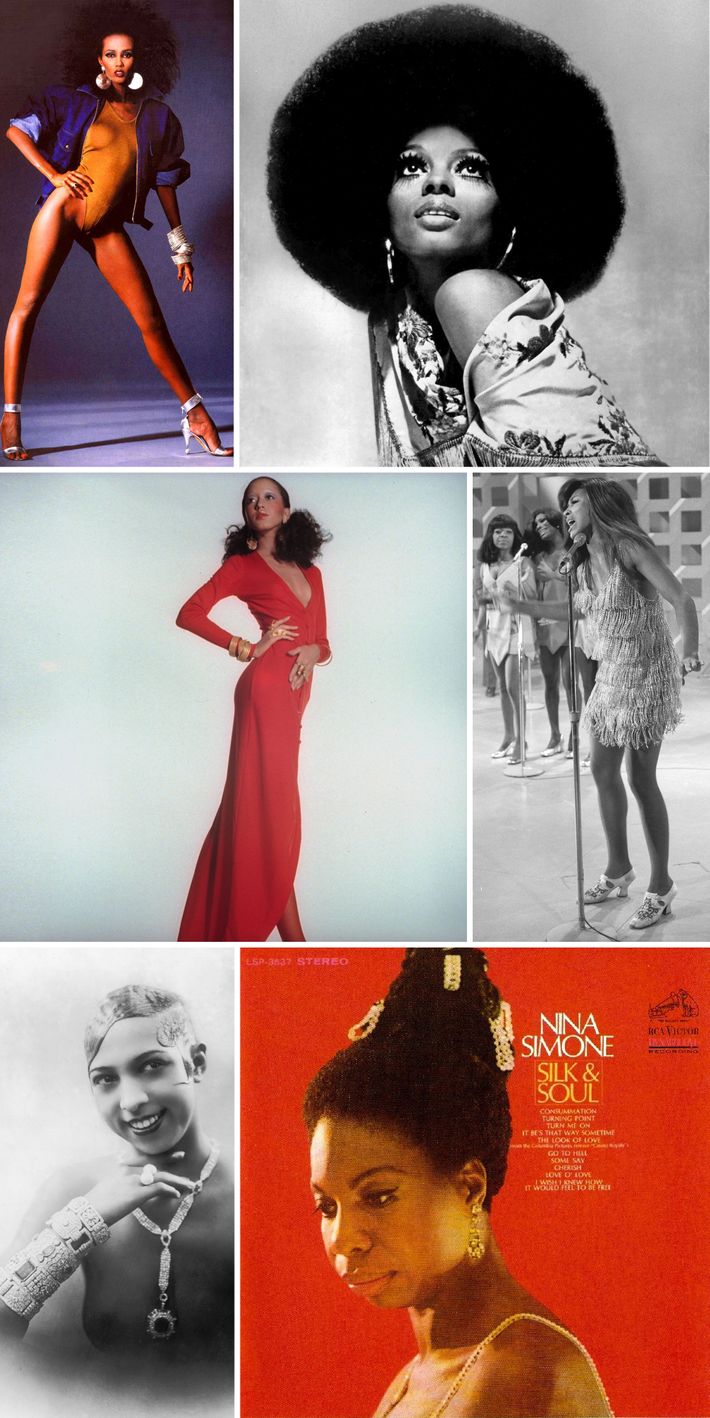
Photographs by Ricardo Rivera, Styling by Lindsay Peoples, Hair by Lacy Redway, Makeup by Samantha Lau for M.A.C. Cosmetics.


